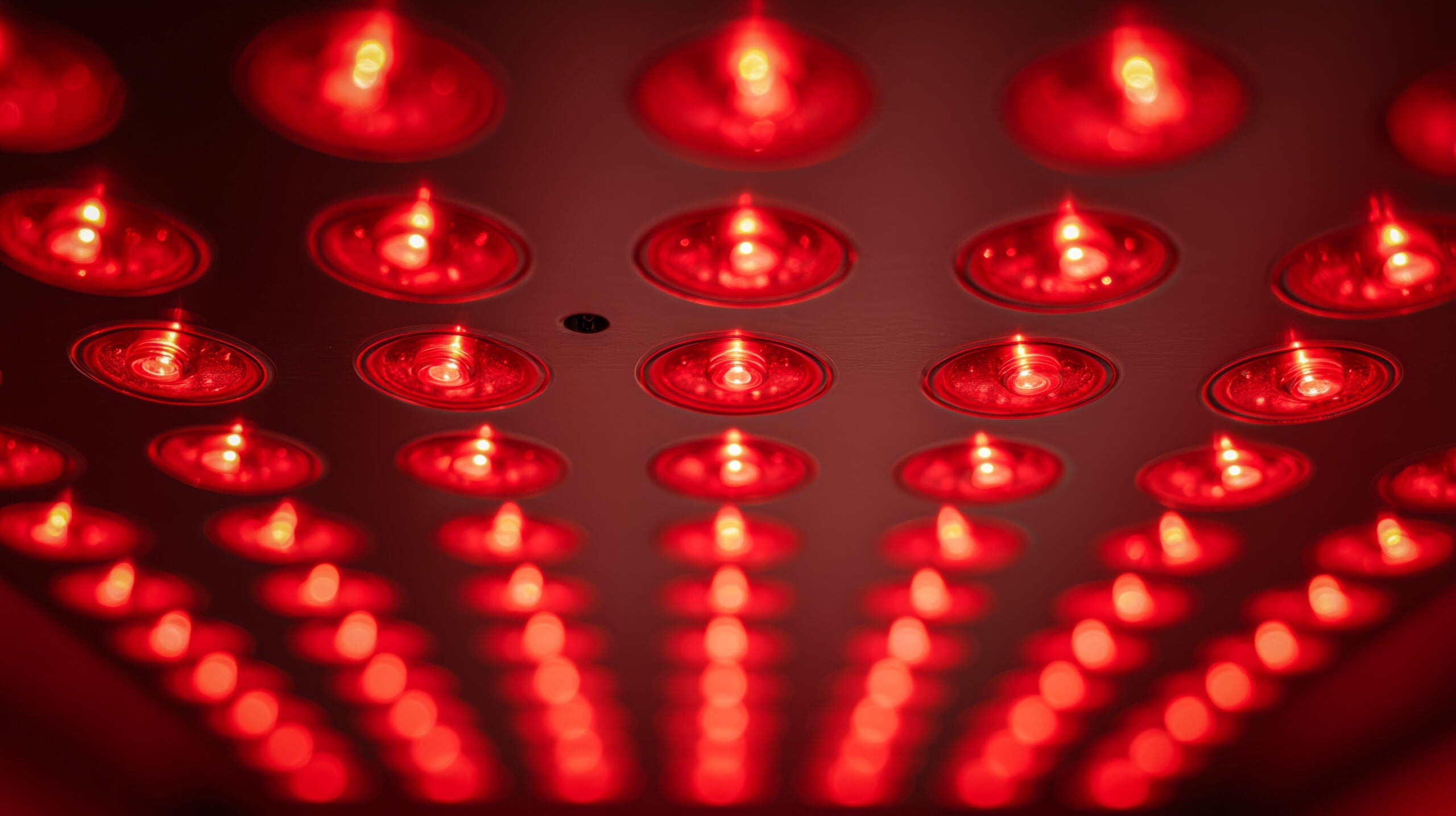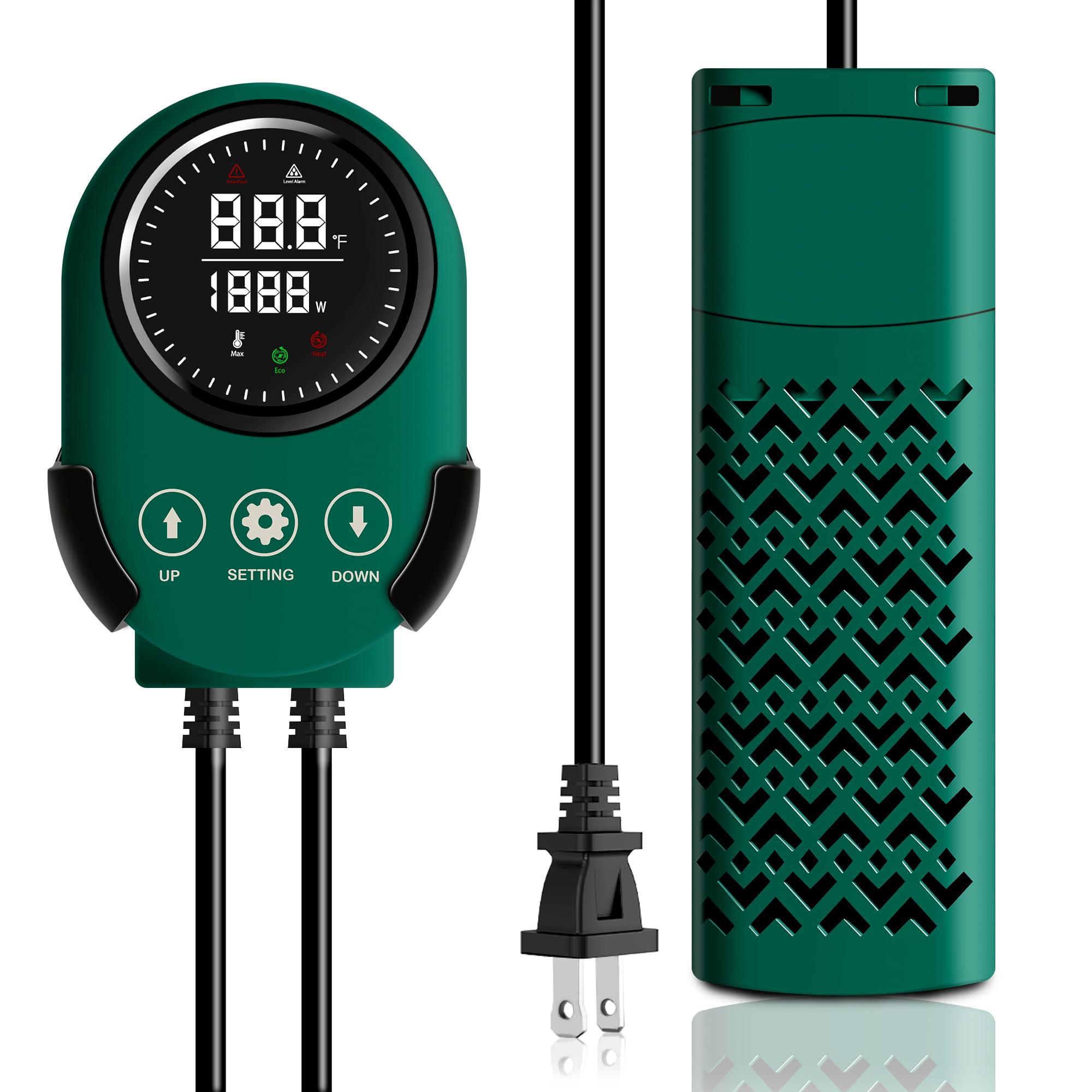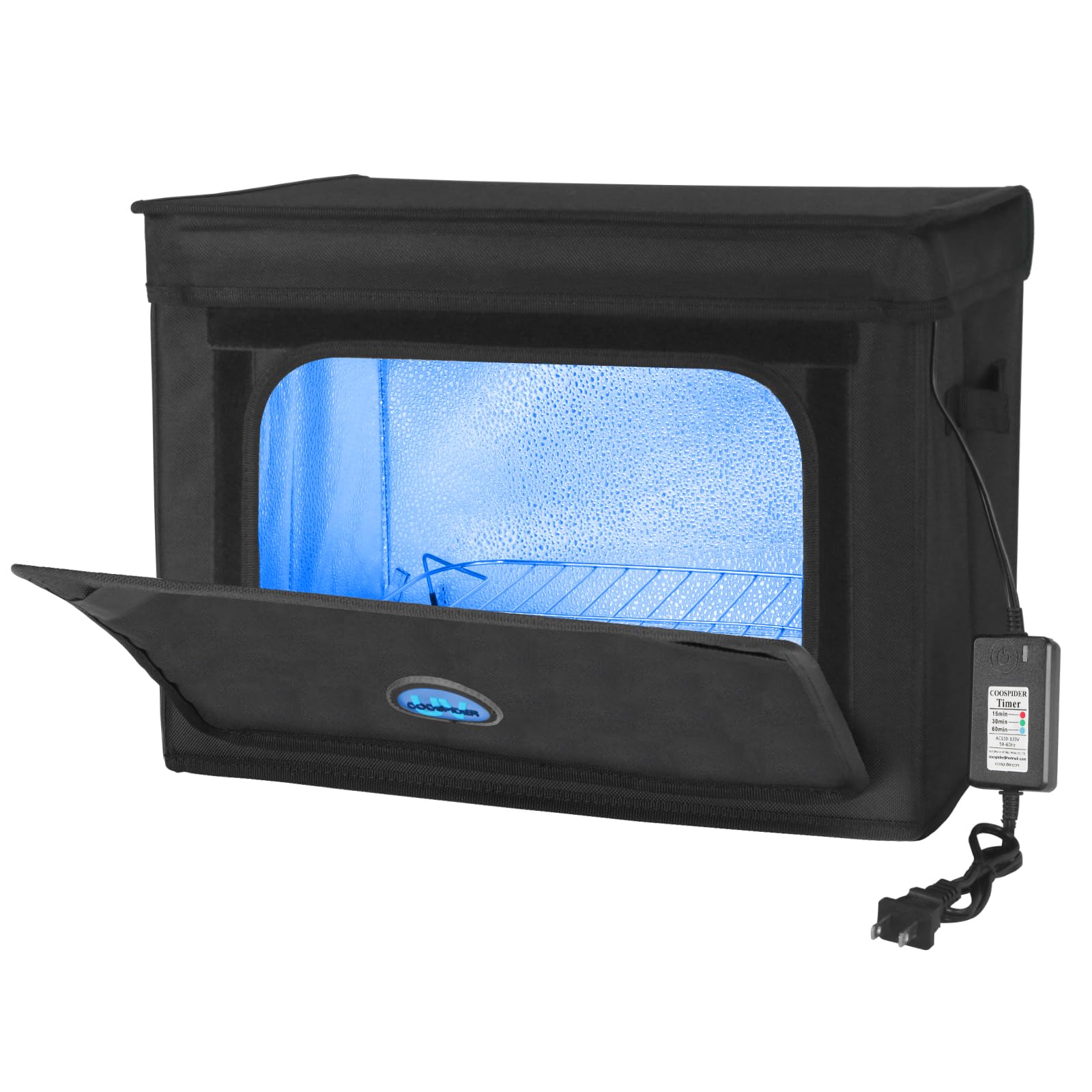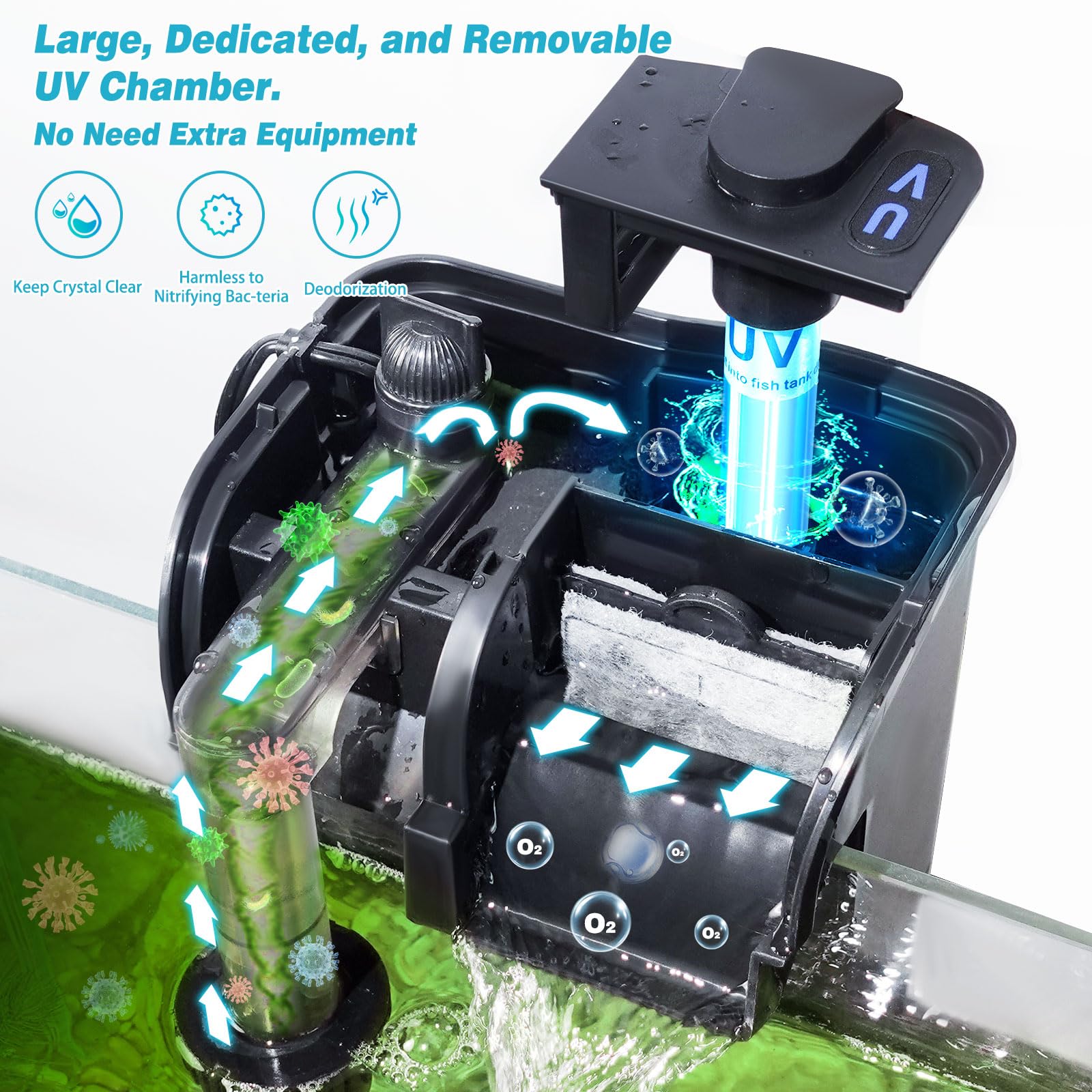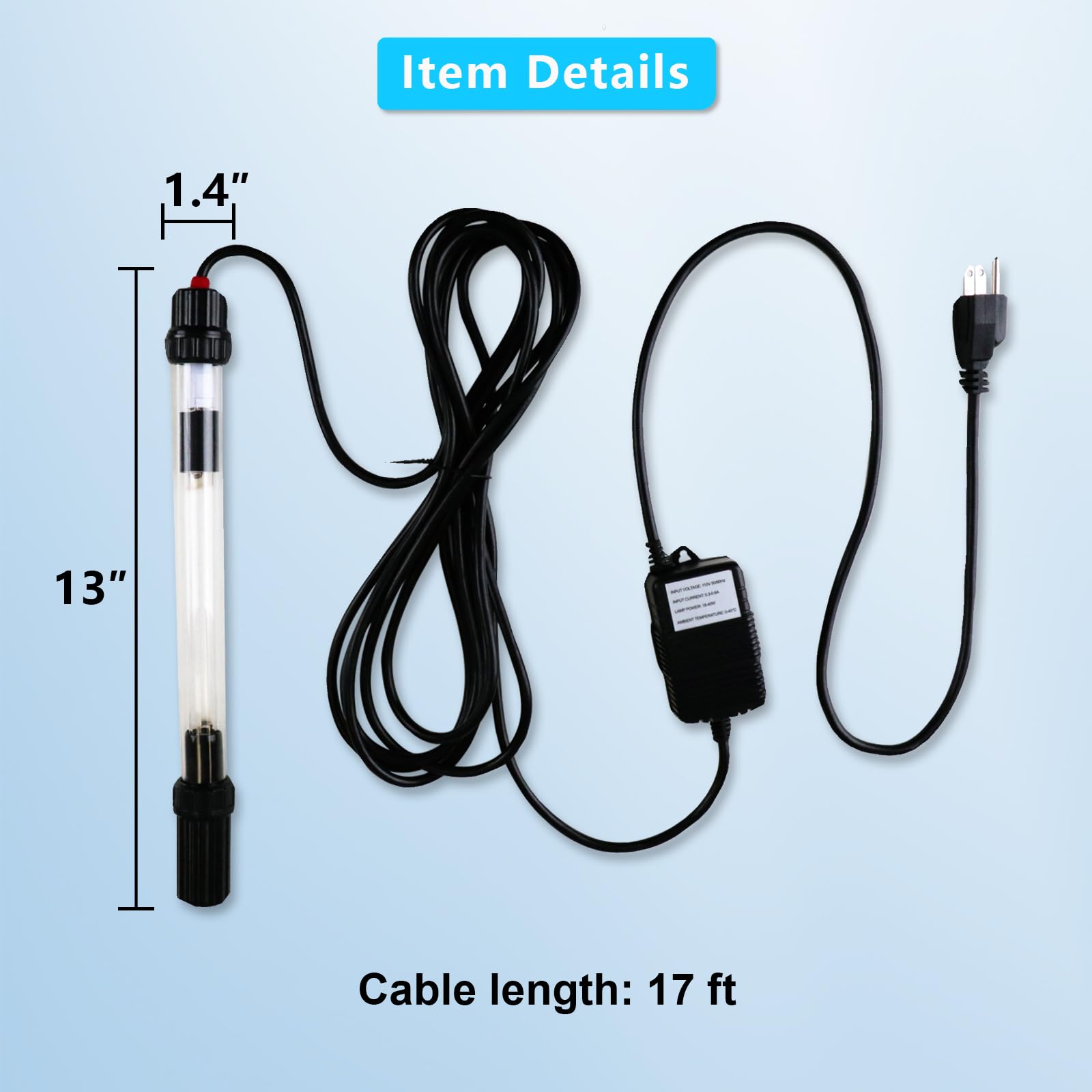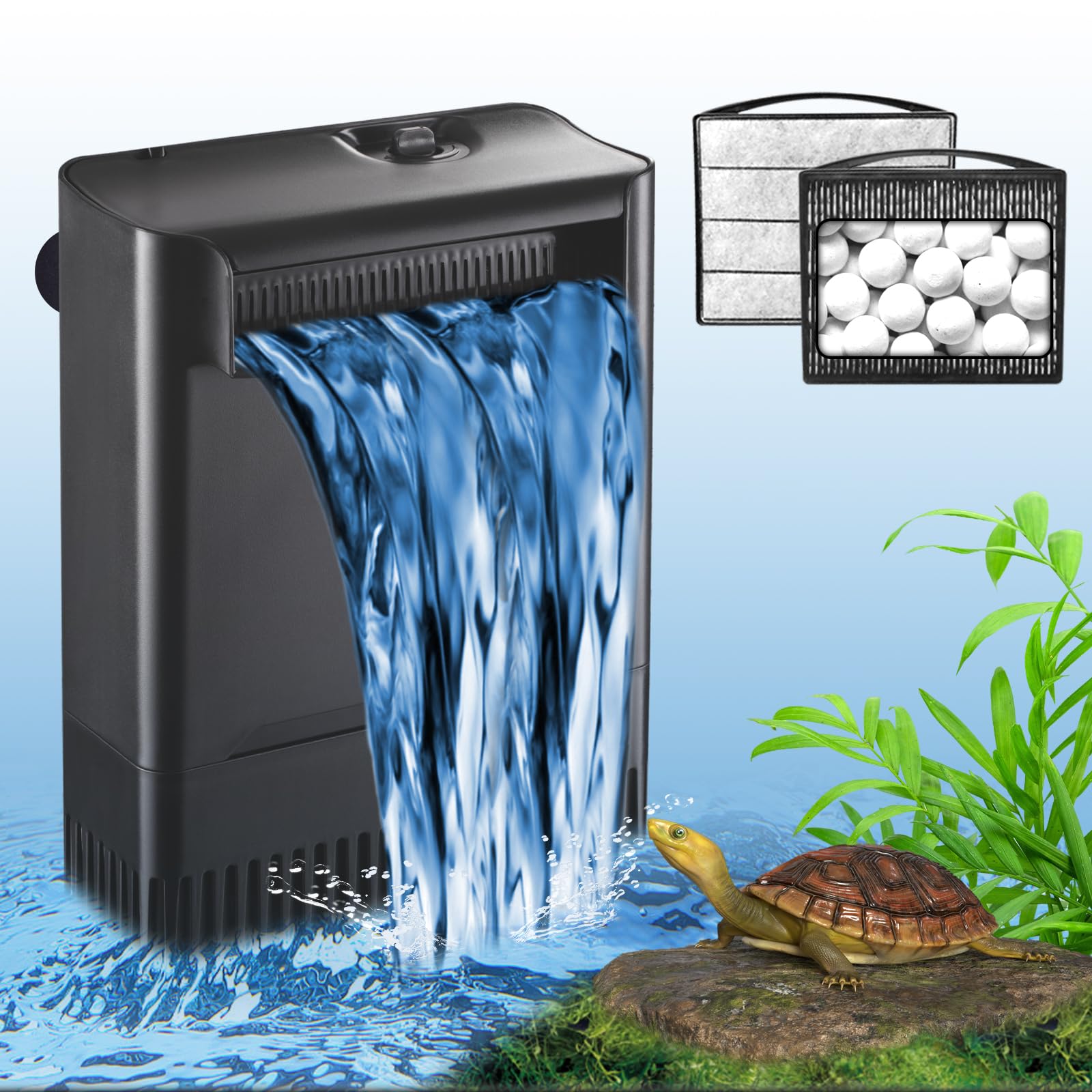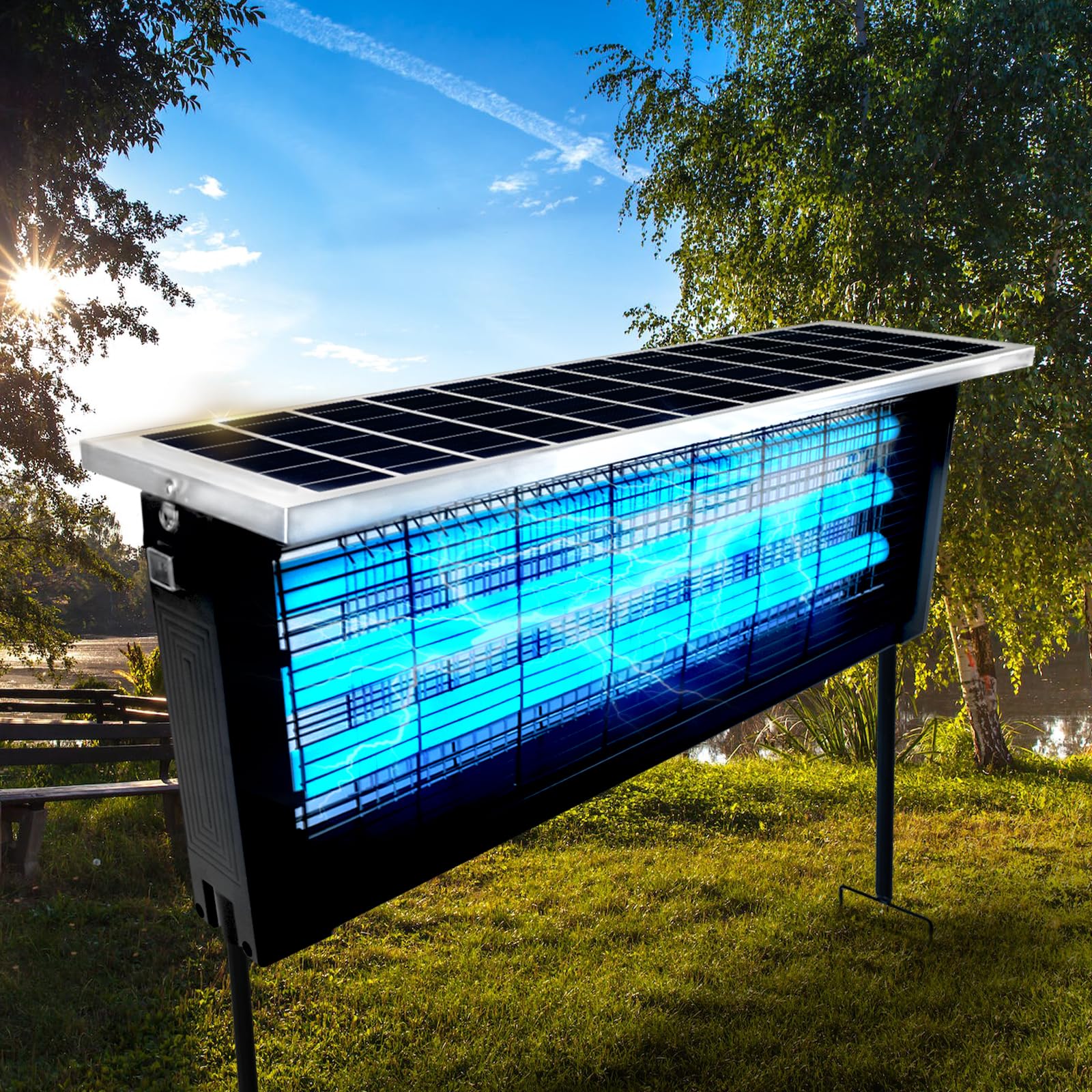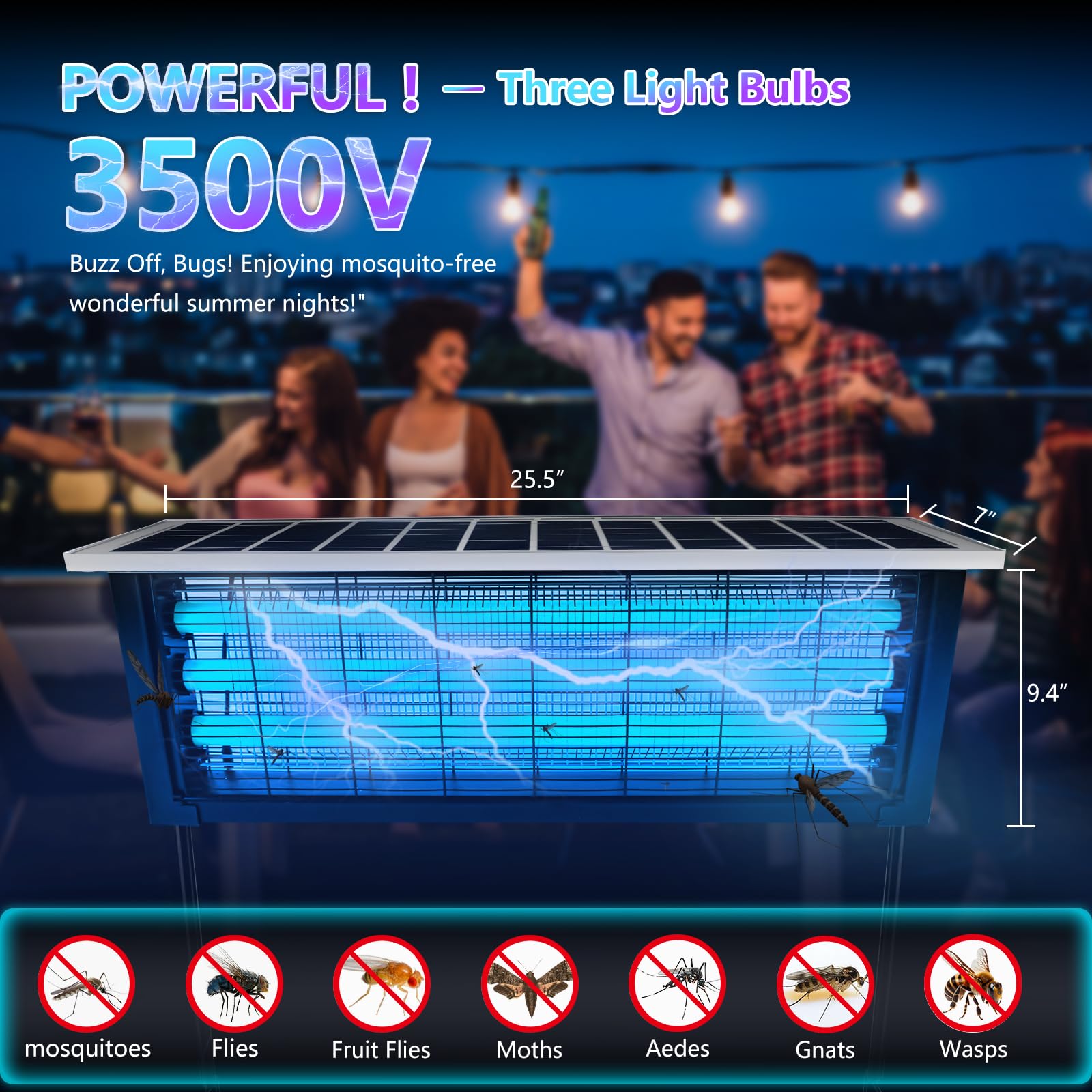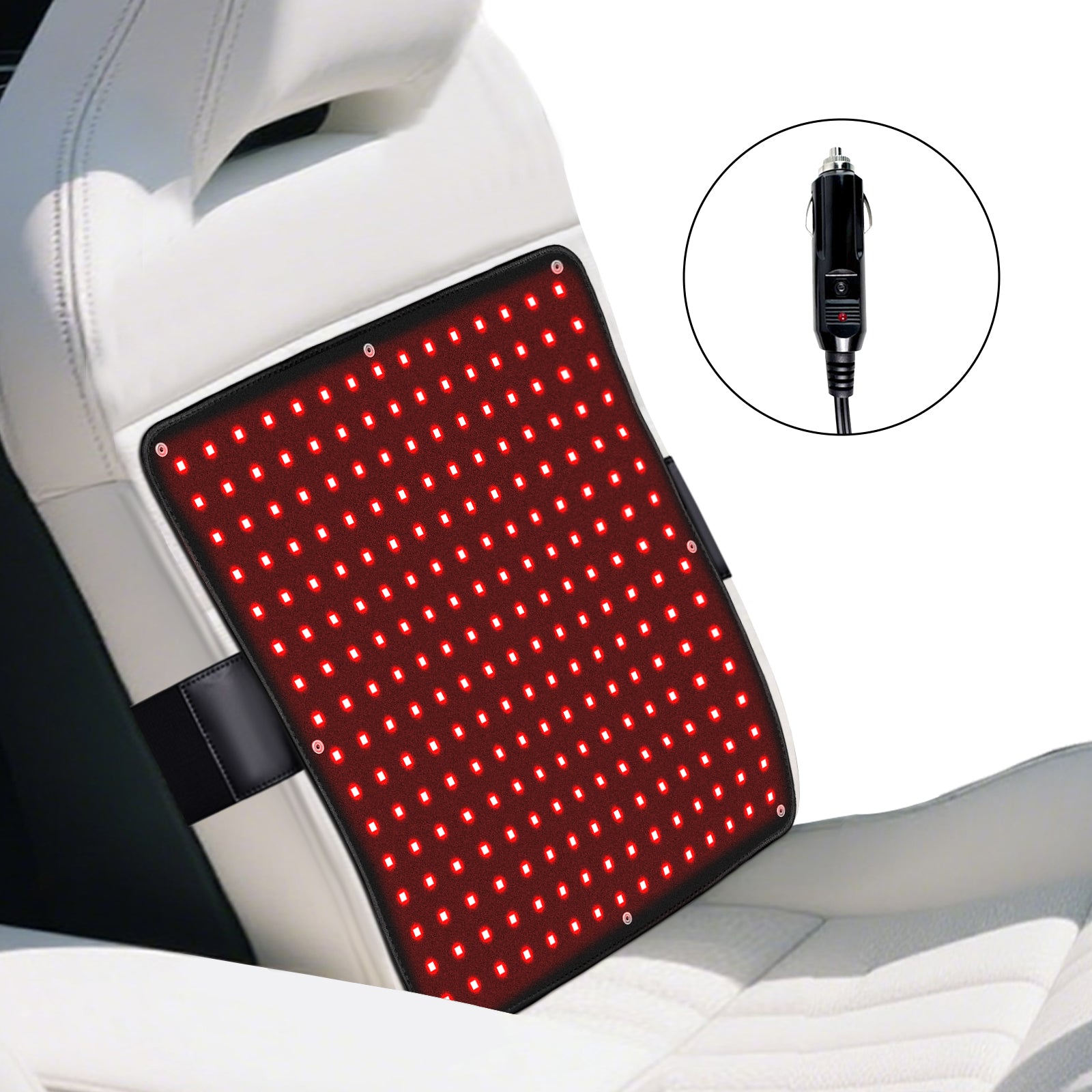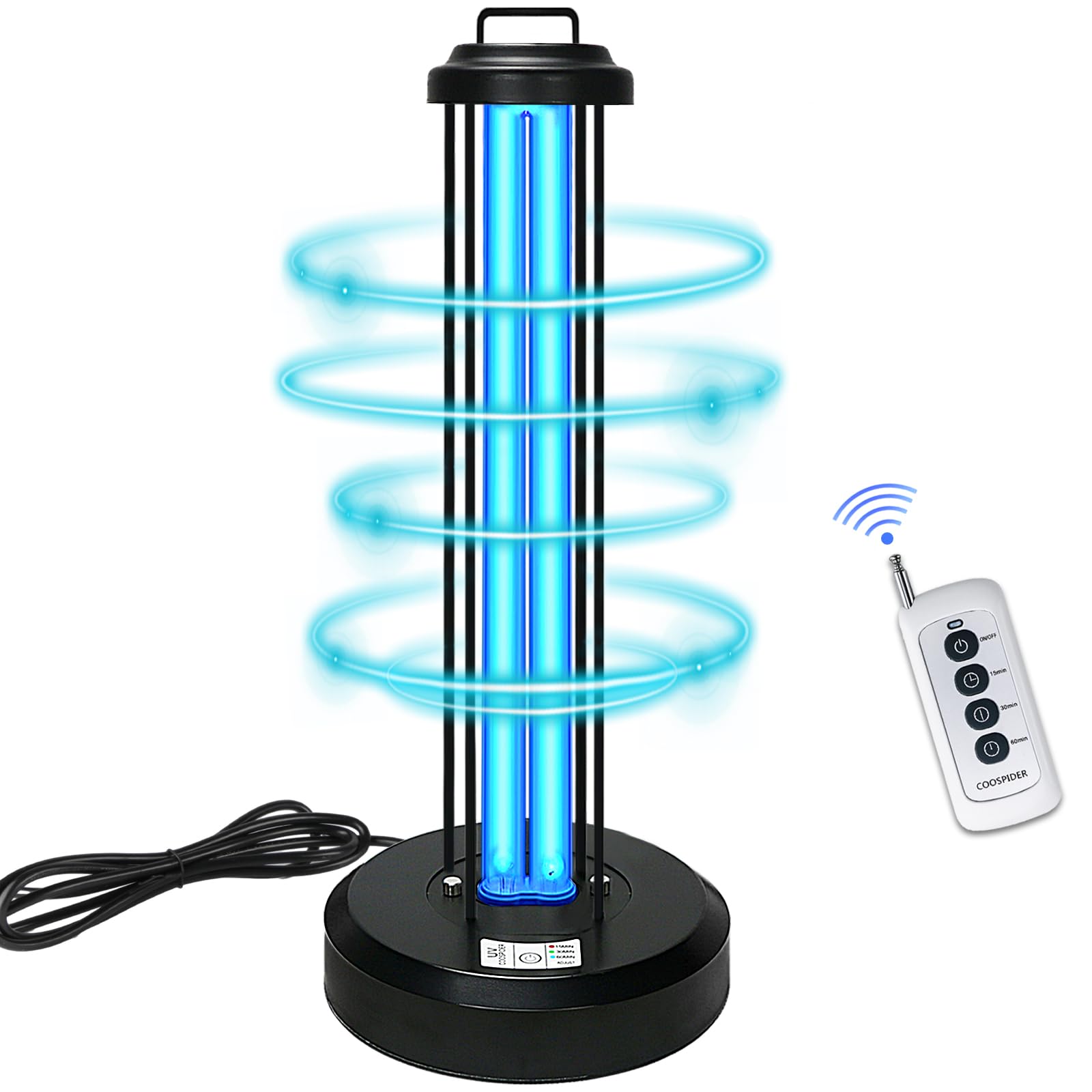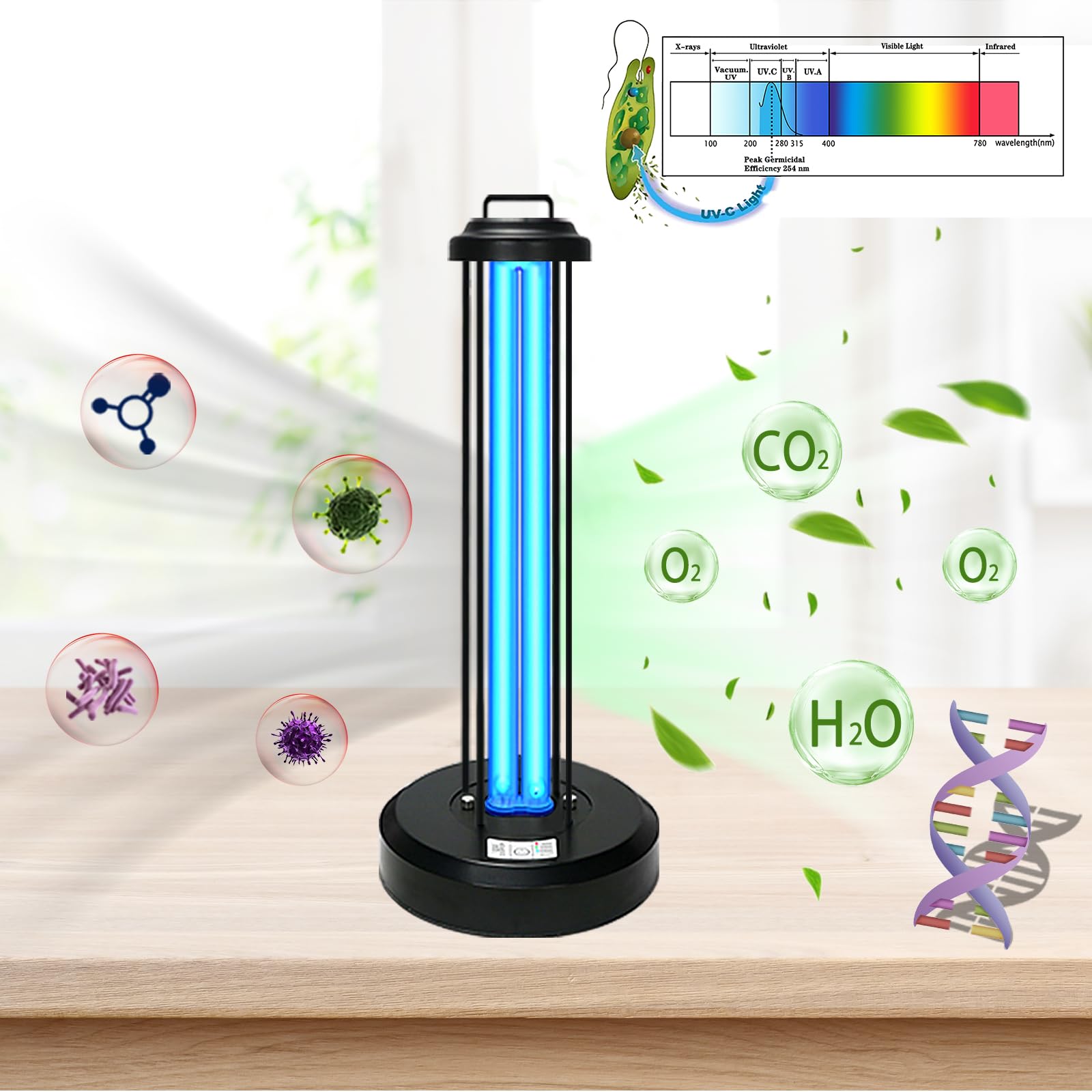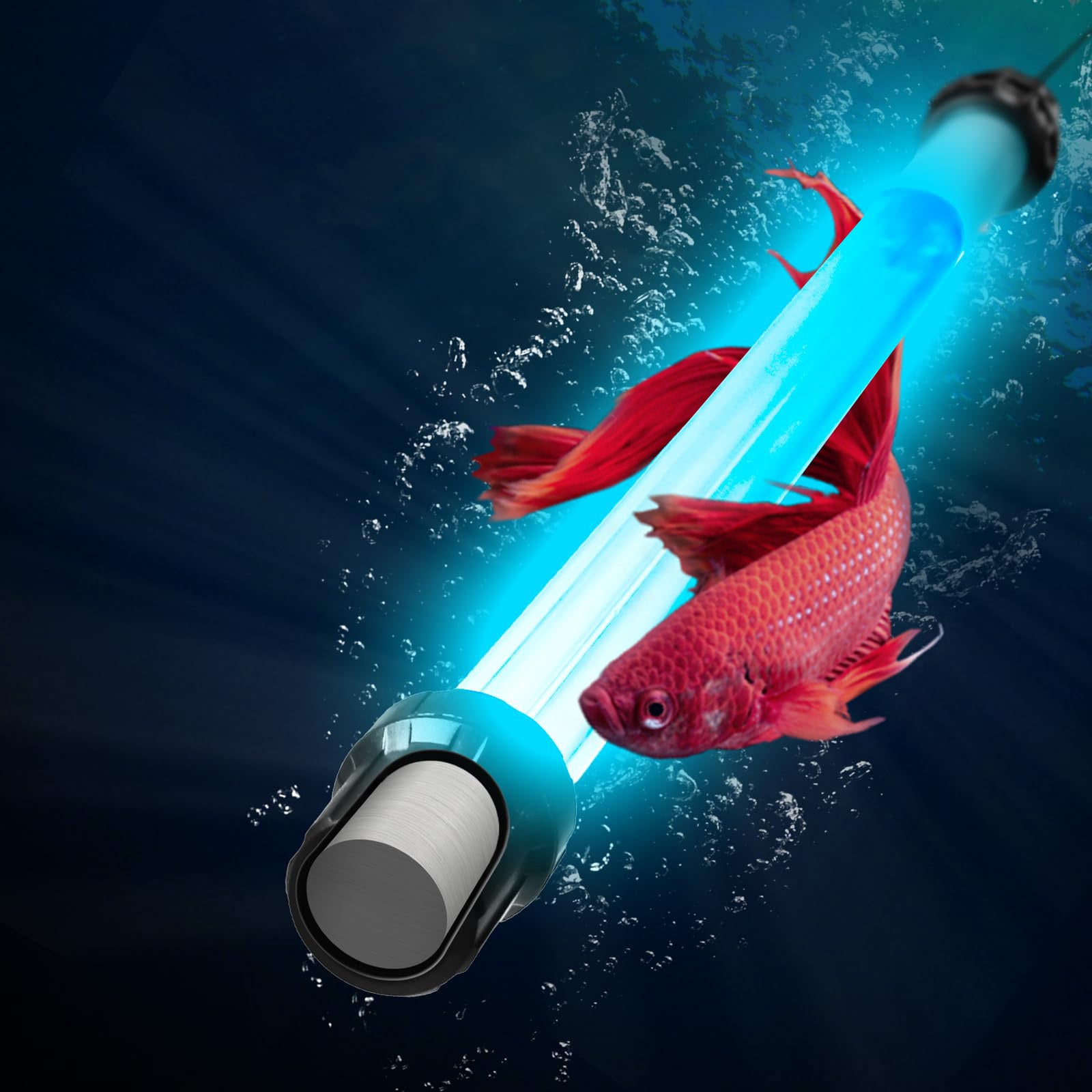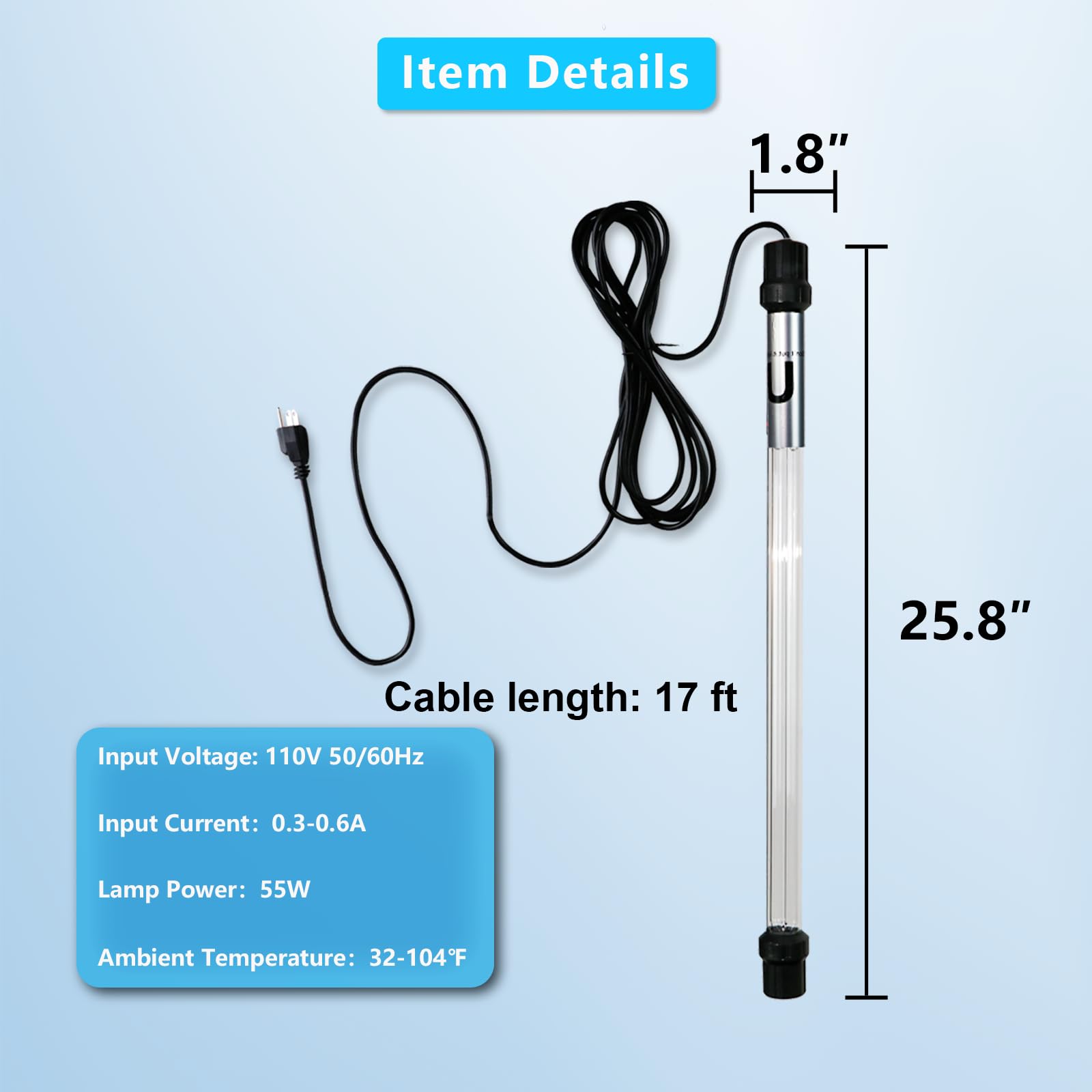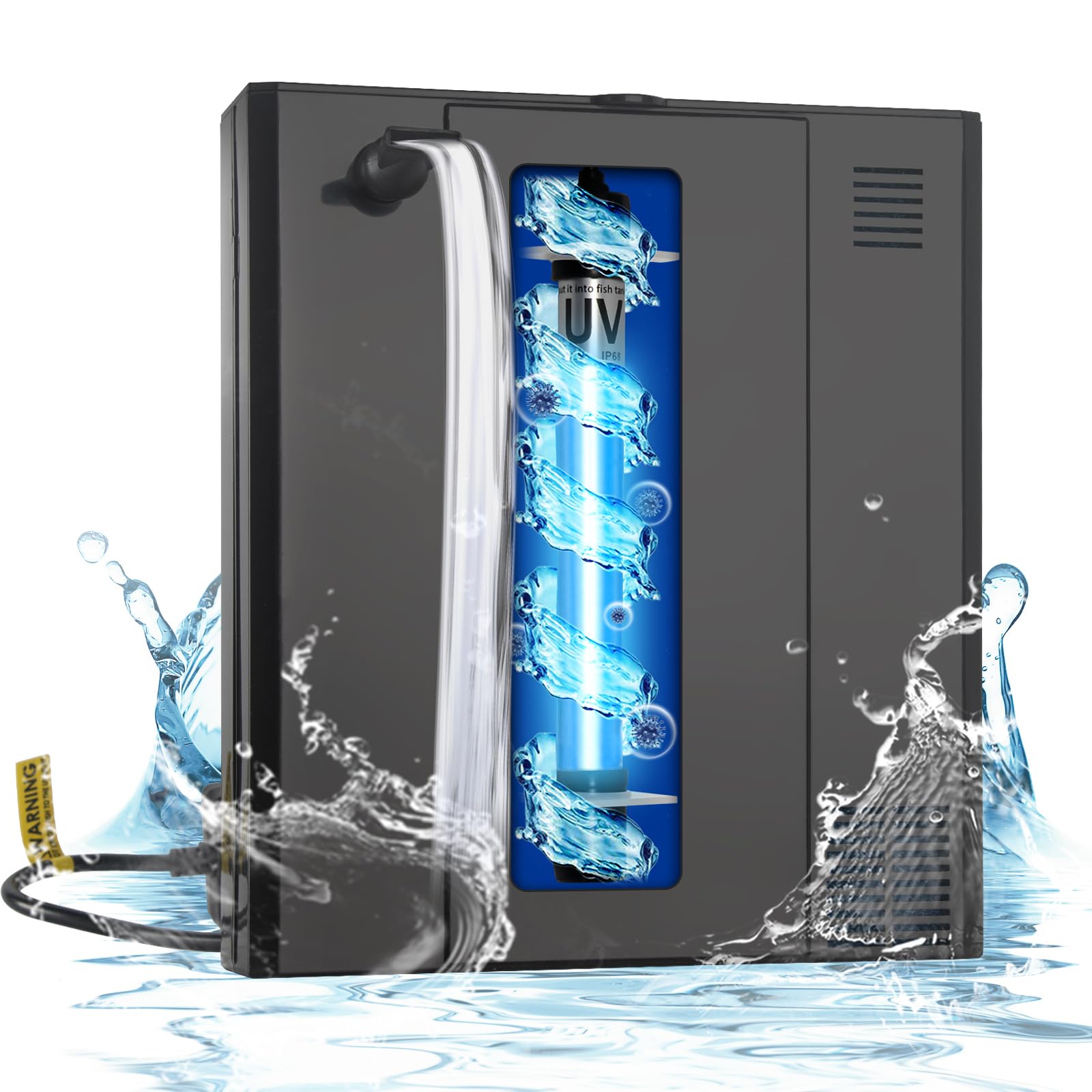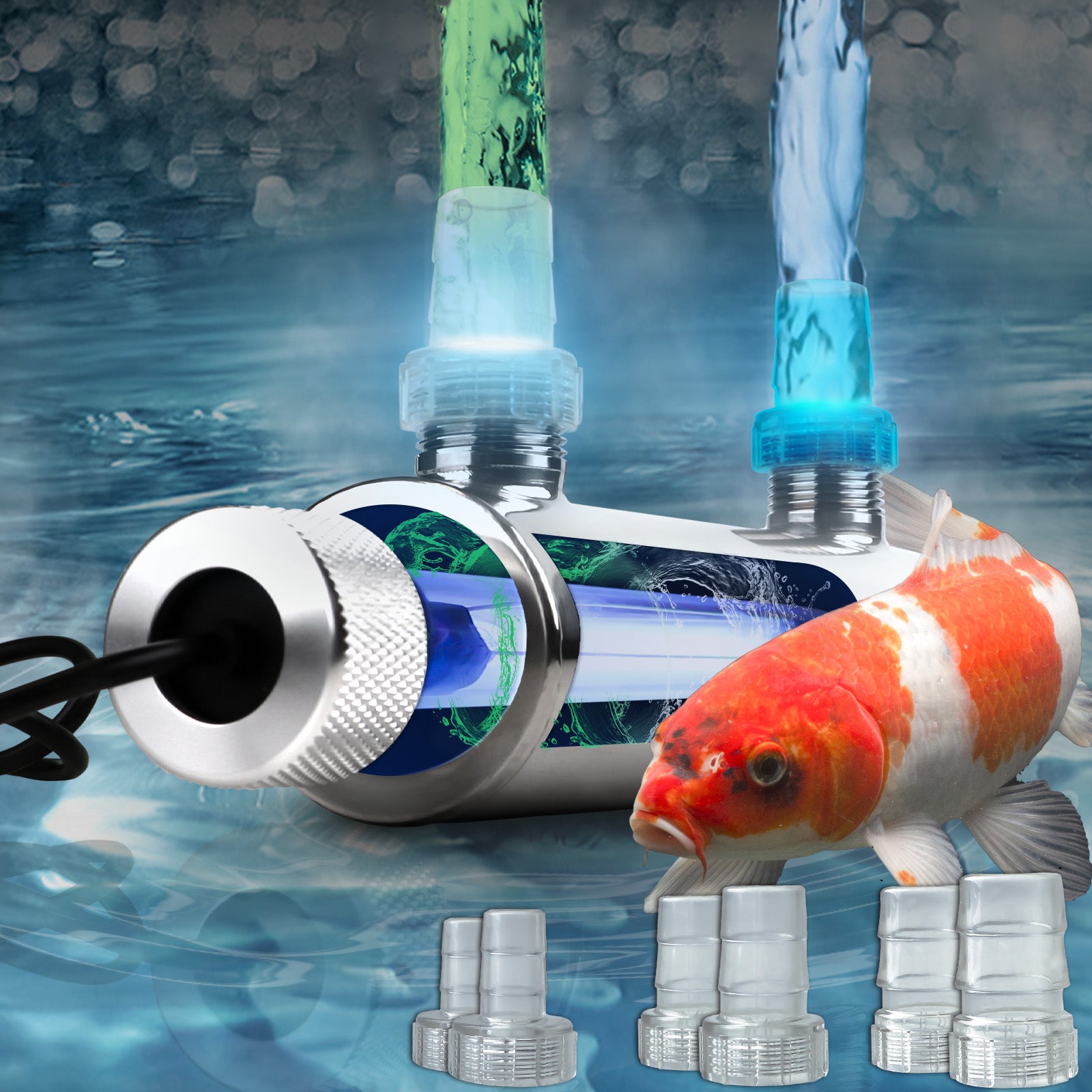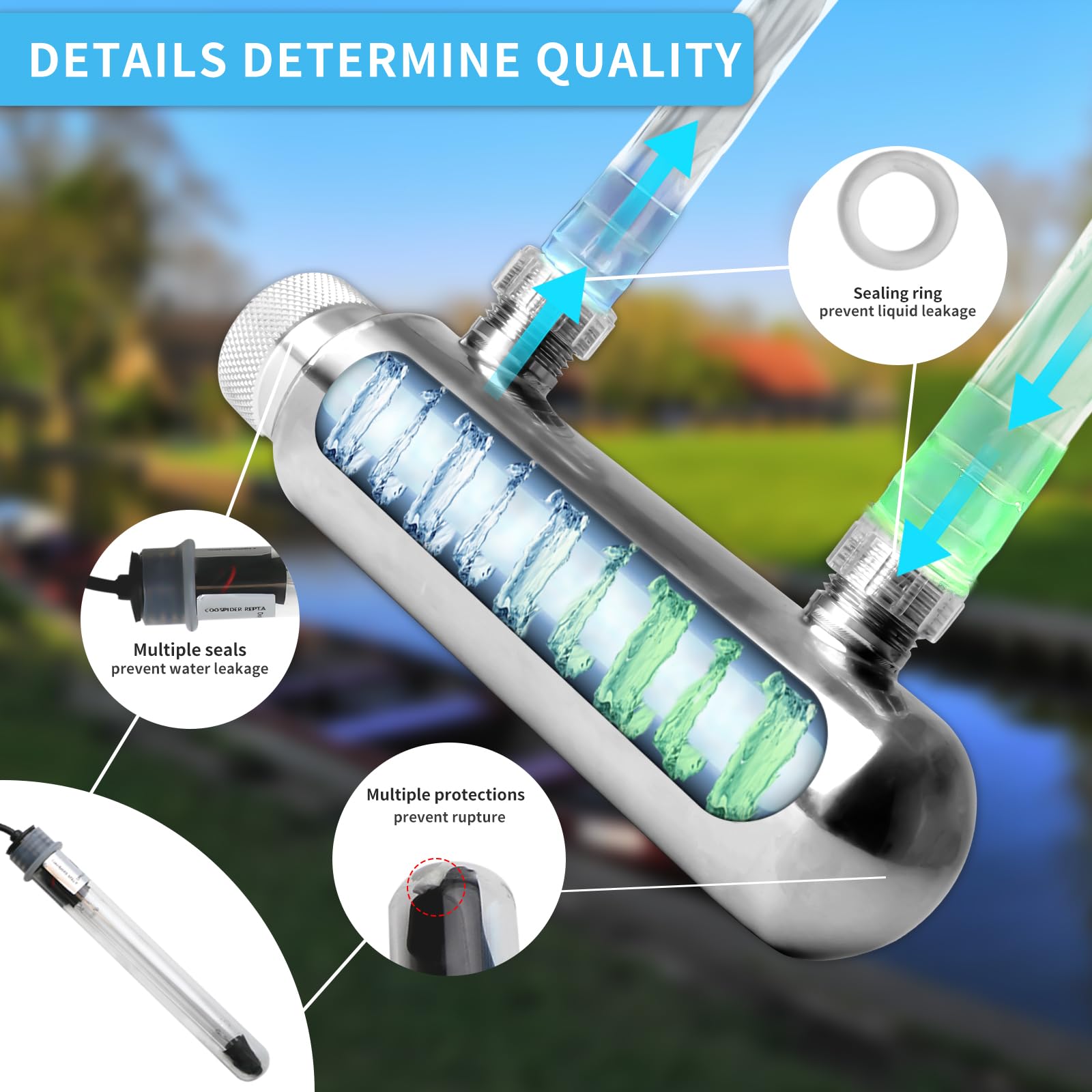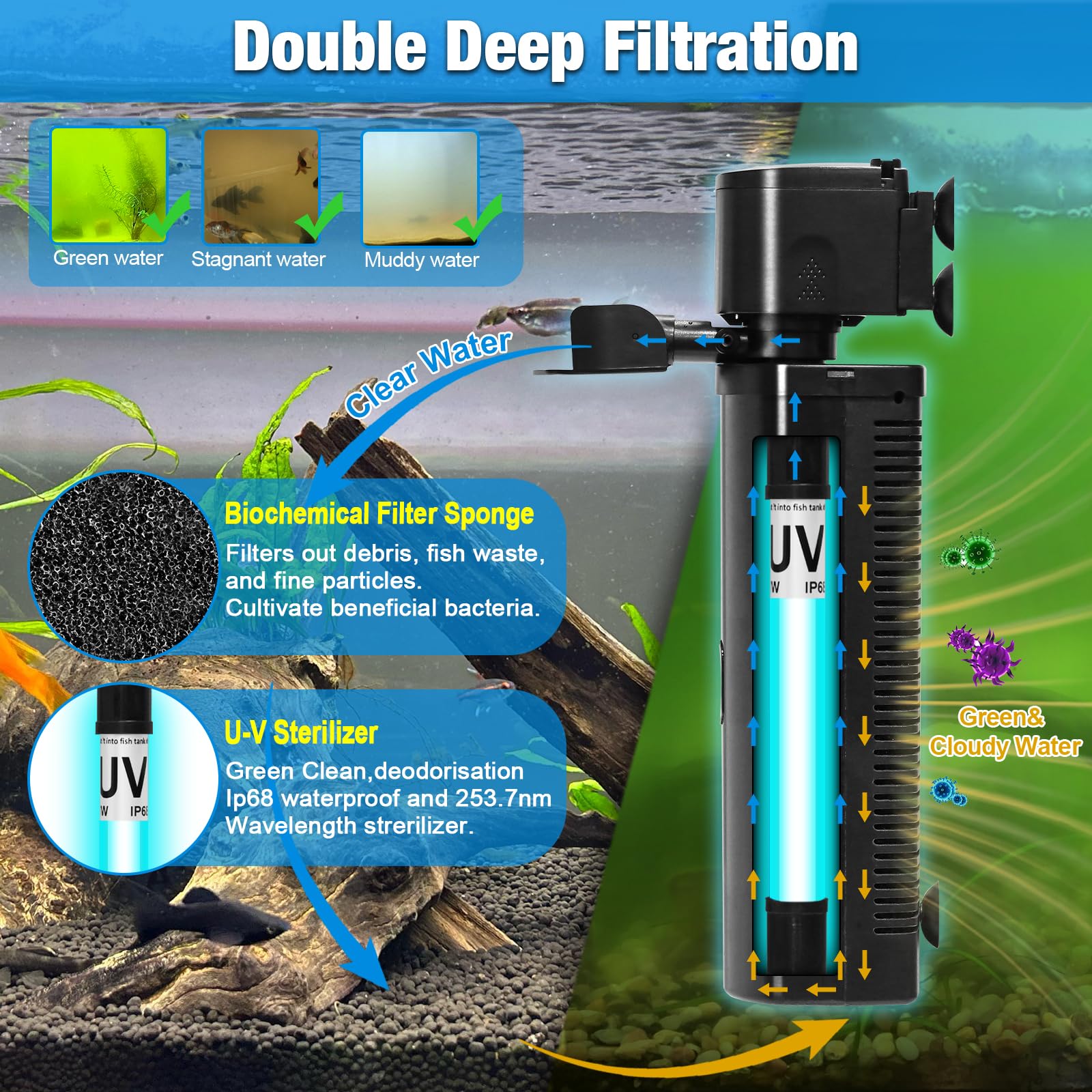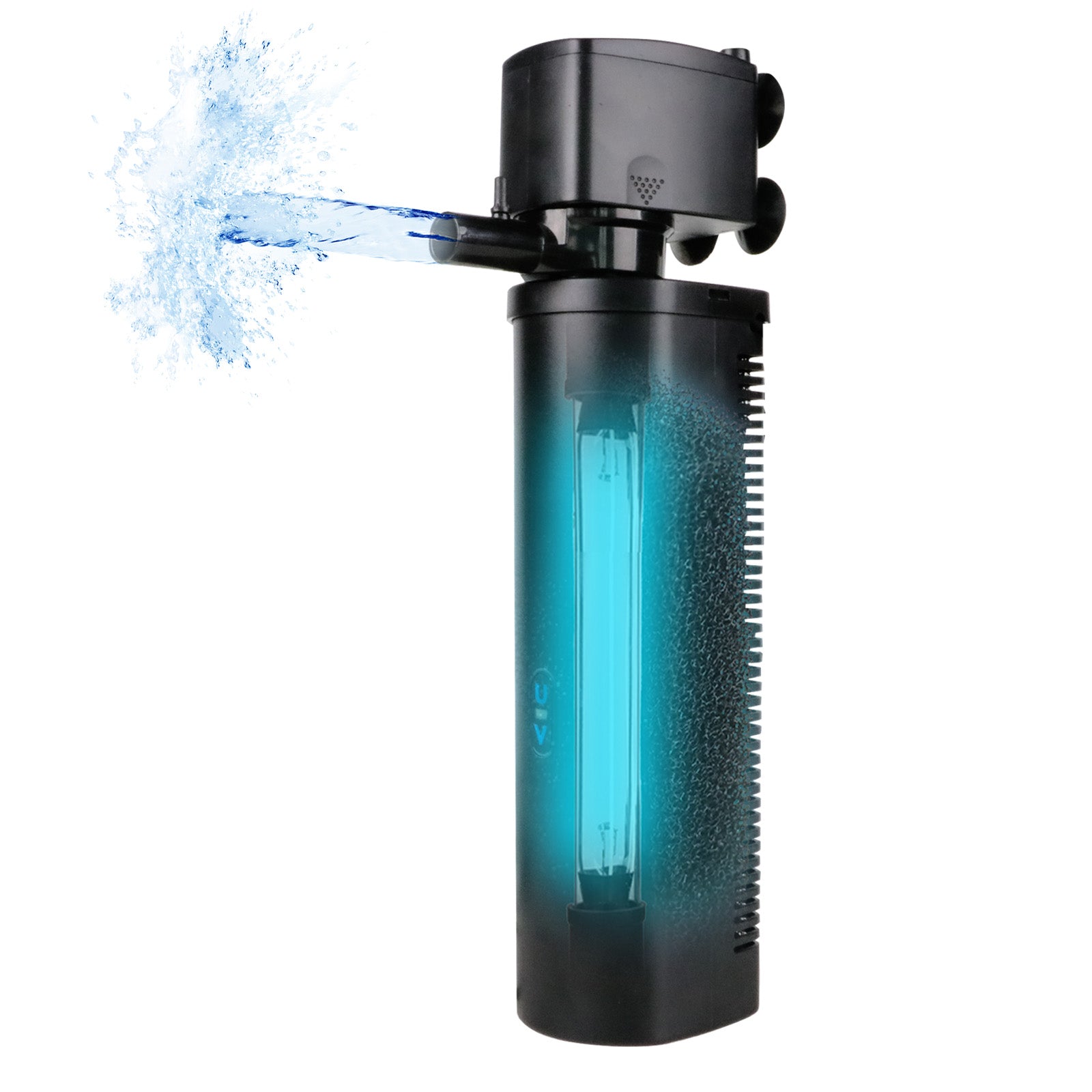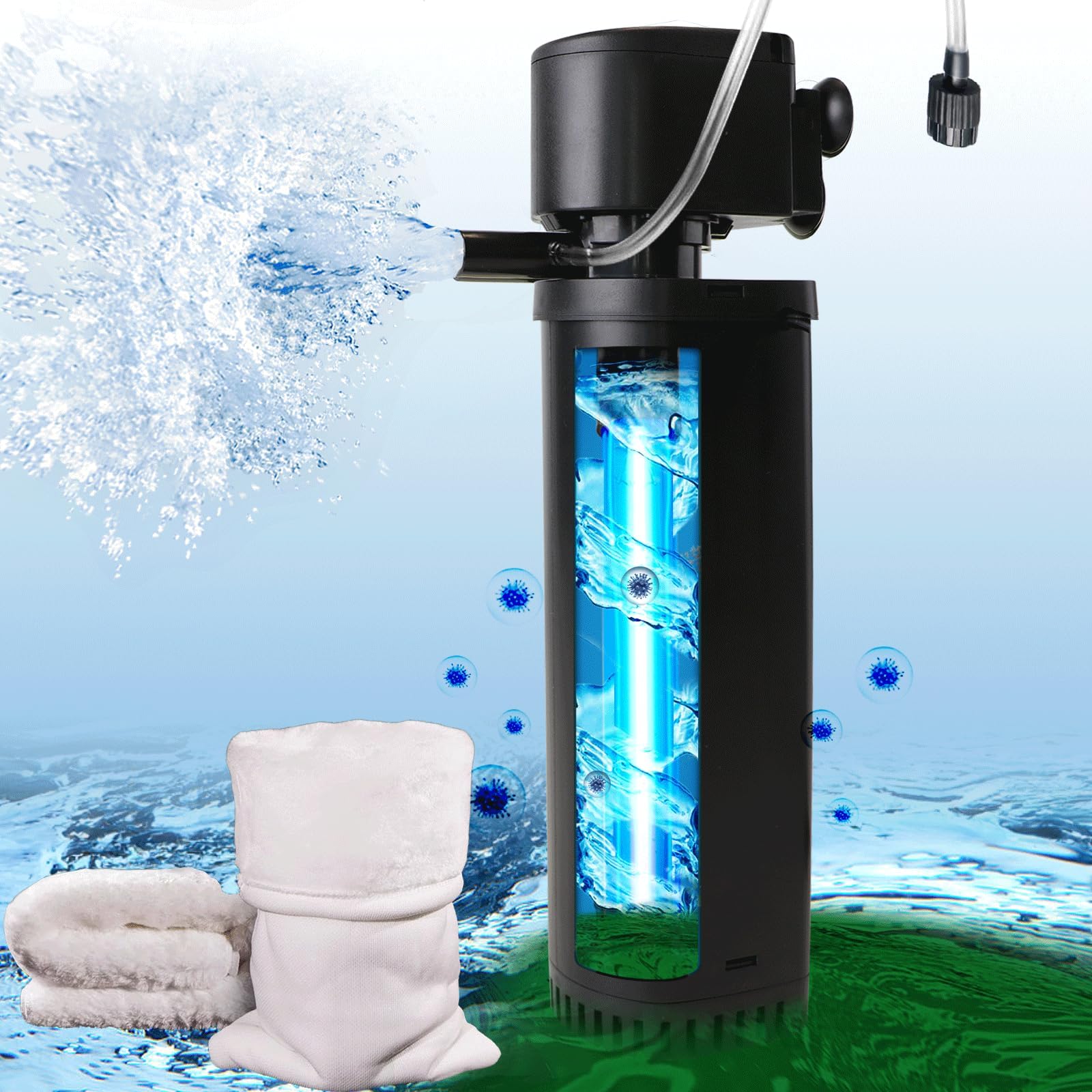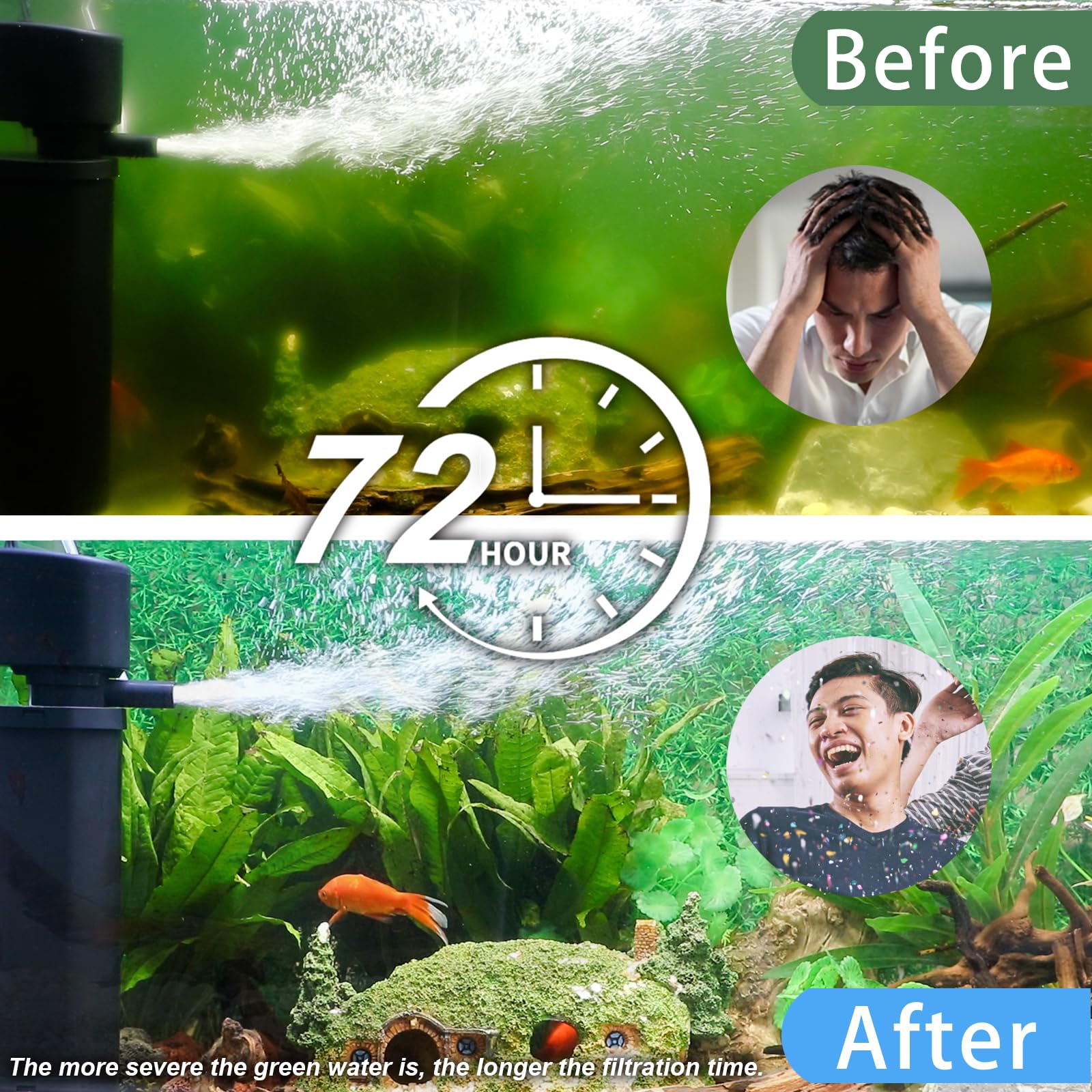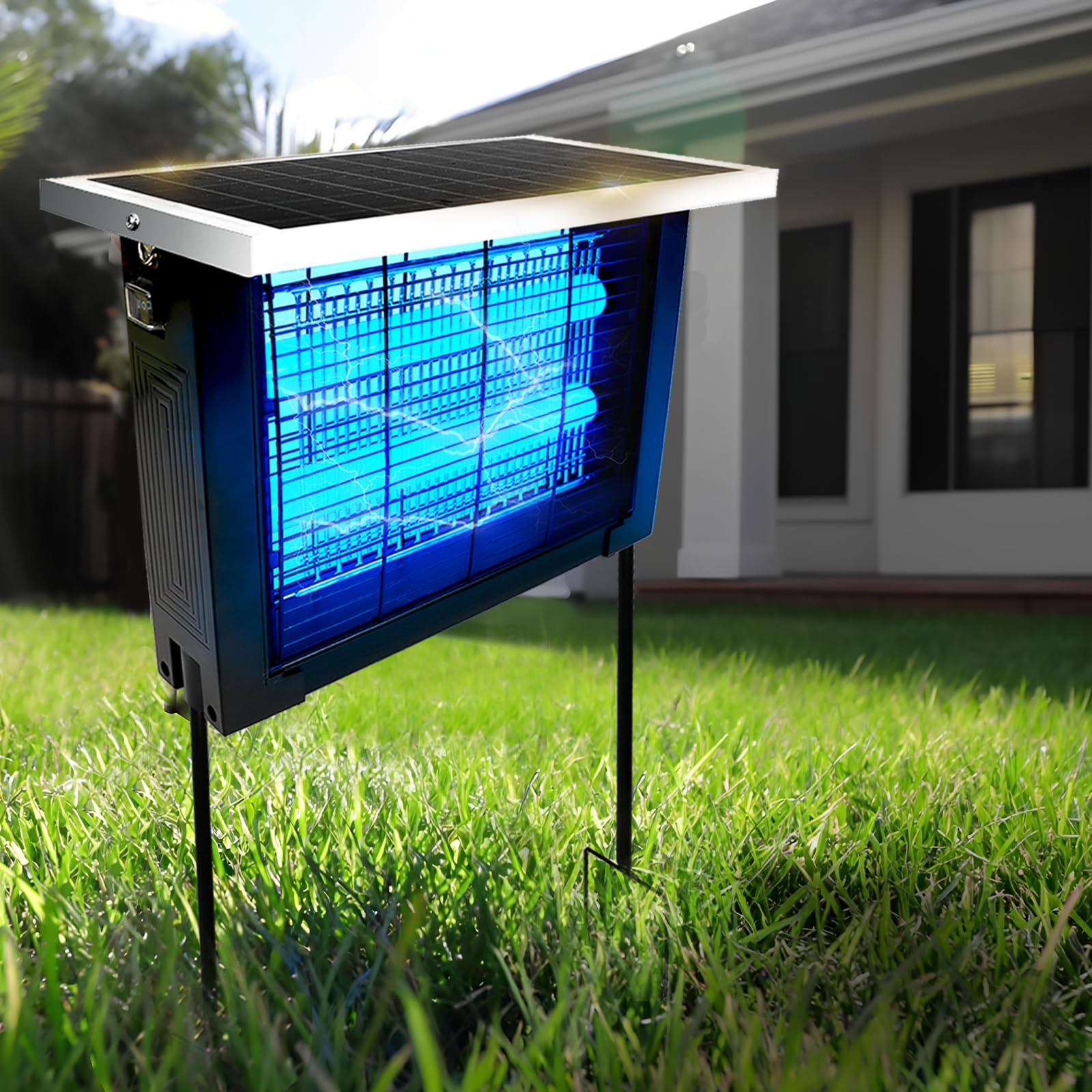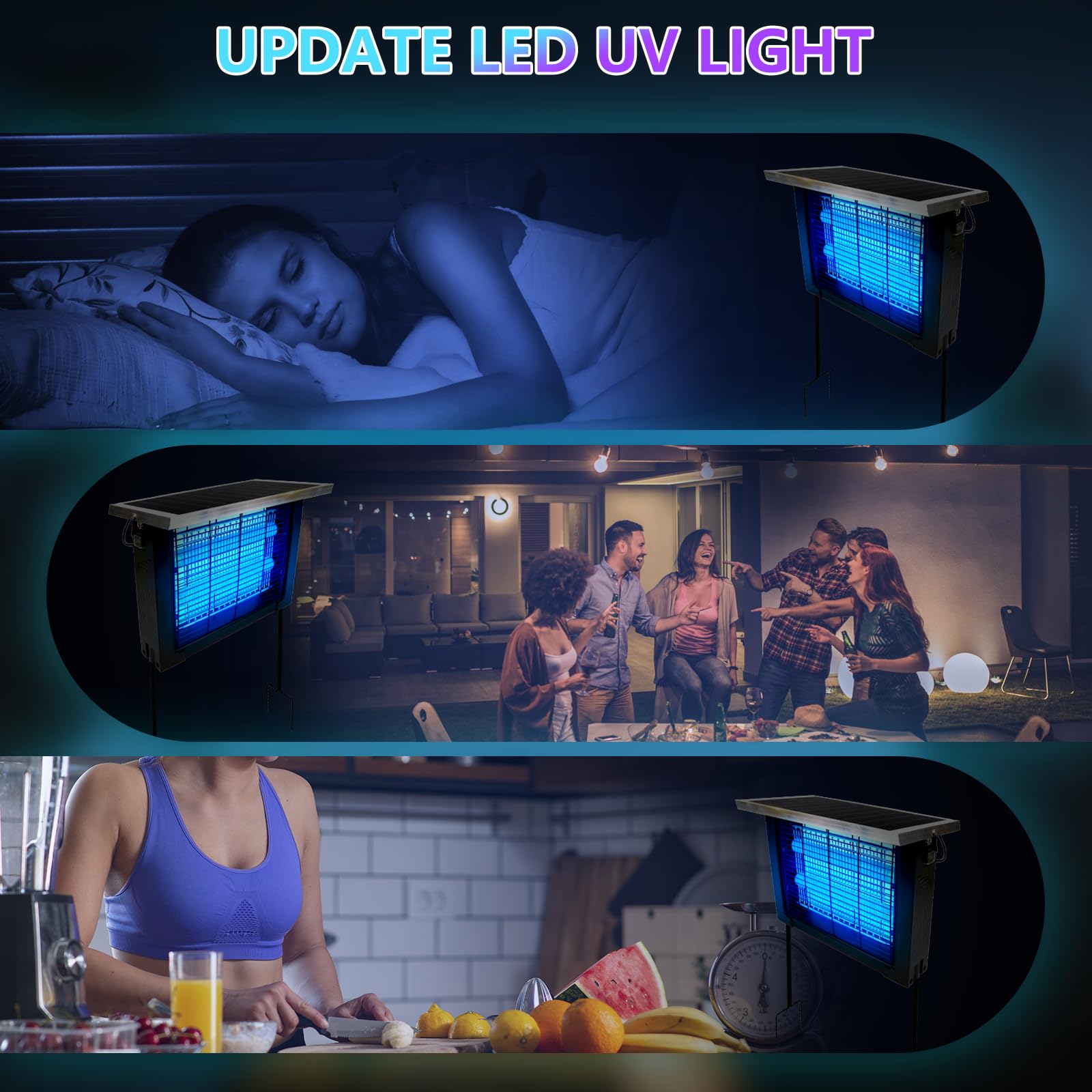Light is everywhere — but not all light is visible. Beyond the spectrum of what our eyes can see lies a world of specialized illumination technologies that power industries, laboratories, and modern life itself.
Among the most important are UV (ultraviolet) lamps, infrared (IR) lamps, and laser lights. Each serves unique purposes across manufacturing, medical, scientific, and commercial applications. Yet, despite their growing popularity, the differences between these light sources — and how to choose the right one — are often misunderstood.
This in-depth guide will explain:
-
How UV, infrared, and laser lighting differ in principle and function.
-
Where each type is used.
-
The pros, cons, and technical factors that determine performance.
-
A step-by-step buying guide to help you select the right lamp or light for your project.
Let’s shed some light on the science — and strategy — behind these powerful technologies.
1. Understanding the Light Spectrum
To appreciate the differences between UV, IR, and laser light, it helps to start with the electromagnetic spectrum.
Light is electromagnetic radiation that travels in waves, defined by their wavelength and frequency. The visible spectrum for humans runs roughly from 400 nm (violet) to 700 nm (red).
-
Ultraviolet (UV): 100 – 400 nm — shorter wavelength than visible light.
-
Visible light: 400 – 700 nm — what our eyes can perceive.
-
Infrared (IR): 700 nm – 1 mm — longer wavelength than visible light.
Laser light, on the other hand, can exist at nearly any wavelength — including UV, visible, or IR — but is defined by its coherence, directionality, and high intensity rather than its position in the spectrum.
Each region of light interacts with matter in different ways, which gives rise to its diverse applications.
2. UV Lamps: Disinfection, Curing, and Detection
2.1 What Are UV Lamps?
Ultraviolet lamps emit radiation shorter than visible light, typically divided into three categories:
-
UVA (315 – 400 nm): Long-wave UV, used for curing adhesives, coatings, and in counterfeit detection.
-
UVB (280 – 315 nm): Medium-wave UV, used in phototherapy and material testing.
-
UVC (100 – 280 nm): Short-wave UV, highly effective at killing microorganisms and sterilizing air, water, and surfaces.
UV lamps can be based on mercury vapor, fluorescent, or LED technology, each offering different intensities and efficiencies.
2.2 Core Applications
• Disinfection and Sterilization
UVC lighting became globally recognized during the COVID-19 pandemic for its ability to destroy bacteria, viruses, and mold by damaging their DNA and RNA. UVC systems are now standard in hospitals, laboratories, HVAC systems, and water treatment facilities.
• Curing and Printing
UVA lamps cure inks, coatings, and adhesives in seconds — speeding up production lines in electronics, packaging, and automotive manufacturing.
• Inspection and Detection
UVA light reveals features invisible under normal illumination, such as security marks, surface cracks, or contamination.
2.3 Advantages
-
High germicidal effectiveness (UVC).
-
Rapid curing speed (UVA).
-
Non-contact, chemical-free process.
-
LED versions are energy-efficient and mercury-free.
2.4 Limitations
-
UVC is harmful to skin and eyes; safety shielding is essential.
-
Traditional mercury lamps require warm-up time and proper disposal.
-
Penetration depth is shallow — effective only on surfaces or thin films.
3. Infrared Lamps: Heat, Drying, and Sensing
3.1 What Are Infrared Lamps?
Infrared lamps emit electromagnetic radiation longer than visible light, typically between 700 nm and 1 mm. Because IR light is perceived as heat, these lamps are widely used for drying, warming, and sensing applications.
IR lamps come in three spectral regions:
-
Near-Infrared (NIR): 0.7 – 1.4 µm — fast response, ideal for industrial heating.
-
Mid-Infrared (MIR): 1.4 – 3 µm — suited for moisture detection and spectroscopy.
-
Far-Infrared (FIR): 3 µm – 1 mm — gentle radiant heating, used in wellness and drying.
3.2 Core Applications
• Industrial Heating and Drying
IR lamps transfer energy directly to materials, enabling efficient drying of coatings, paints, and adhesives. Automotive, textile, and electronics manufacturers rely on NIR heaters for consistent, fast-response thermal control.
• Food Processing and Agriculture
Infrared emitters provide controlled heat for baking, browning, and dehydration, preserving flavor and texture. They’re also used for seed drying and pest control.
• Sensing and Imaging
Infrared sensors and cameras detect temperature variations invisible to the human eye, essential for thermal imaging, surveillance, and predictive maintenance.
3.3 Advantages
-
Highly energy-efficient heat transfer.
-
Instant on/off response (especially NIR).
-
No contact — ideal for delicate materials.
-
Precise control over heating zones and duration.
3.4 Limitations
-
Heat buildup can be problematic in sensitive environments.
-
Uneven exposure can cause localized overheating.
-
Some materials have poor IR absorption, reducing efficiency.
4. Laser Lights: Precision, Power, and Control
4.1 What Is Laser Light?
LASER stands for Light Amplification by Stimulated Emission of Radiation. Unlike ordinary light, laser beams are:
-
Monochromatic — single wavelength.
-
Coherent — all waves in phase.
-
Directional — narrow, focused beam.
-
Intense — extremely high power density.
Lasers can emit UV, visible, or infrared light depending on their design — such as CO₂ lasers (IR), diode lasers (NIR), or excimer lasers (UV).
4.2 Core Applications
• Manufacturing and Material Processing
Lasers cut, weld, engrave, and mark with incredible precision. Fiber and CO₂ lasers dominate metal fabrication, semiconductor, and automotive industries.
• Medical and Aesthetic Procedures
Laser technology enables delicate surgery, tattoo removal, and vision correction (LASIK), offering minimal tissue damage and quick recovery.
• Research and Metrology
In laboratories, lasers are indispensable for spectroscopy, alignment, and optical communication.
• Entertainment and Display
Laser projection and light shows create dynamic visual effects unmatched by conventional lighting.
4.3 Advantages
-
Ultra-precise, controllable energy delivery.
-
Minimal waste — concentrated beam efficiency.
-
Contact-free, clean processing.
-
Can operate across UV, visible, or IR ranges.
4.4 Limitations
-
High initial equipment and maintenance costs.
-
Requires safety protocols for eye and skin protection.
-
Not ideal for large-area or diffuse illumination.
5. Comparing UV, IR, and Laser Lighting
| Feature | UV Lamps | Infrared Lamps | Laser Lights |
|---|---|---|---|
| Primary Effect | Photochemical | Thermal | Photothermal / Photonic |
| Wavelength Range | 100–400 nm | 700 nm–1 mm | Variable (UV–IR) |
| Main Uses | Disinfection, curing, detection | Heating, drying, sensing | Cutting, marking, research |
| Penetration Depth | Low | Medium | High (depending on material) |
| Energy Efficiency | Moderate–high (LED UV best) | High | High (focused use) |
| Safety Concerns | Eye/skin exposure | Burns, overheating | Eye damage, fire risk |
| Cost Level | Low–medium | Medium | High |
| Typical Lifespan | 5,000–20,000 hrs | 10,000–30,000 hrs | 20,000–100,000 hrs (solid-state) |
Each technology serves distinct needs — choosing the right one depends on your project’s objectives, environment, and material characteristics.
6. How to Choose the Right Light Source: A Step-by-Step Guide
Step 1: Define Your Application
Ask yourself:
-
Do you need disinfection, drying, or precision machining?
-
Is the goal heat, light, or energy transfer?
If you’re sterilizing medical tools, UV wins. For paint drying, IR. For micro-engraving, laser.
Step 2: Identify Material Compatibility
Different materials absorb light differently. Metals reflect UV but absorb IR and laser energy efficiently. Plastics or organic materials might degrade under UV but tolerate IR heating.
Step 3: Assess Power and Intensity Needs
The right output power ensures effective results without damaging your materials.
-
UV curing: typically 100–1000 mW/cm².
-
IR drying: several kilowatts per emitter.
-
Laser processing: from milliwatts (marking) to kilowatts (cutting).
Step 4: Consider Safety and Compliance
Each light source involves specific hazards:
-
UV: Require shielding, interlocks, and PPE (eye/skin protection).
-
IR: Manage surface temperature to prevent burns.
-
Laser: Must comply with ANSI Z136 and IEC 60825 laser-safety standards.
Proper safety measures are non-negotiable — protect operators and maintain compliance.
Step 5: Evaluate Energy Efficiency and Maintenance
Compare total energy cost, not just initial price. LED-based UV and IR lamps typically offer the lowest long-term power consumption. Laser systems require calibration but provide superior precision and lifespan.
Step 6: Factor in Control and Integration
Modern lighting systems integrate with automation platforms, sensors, and IoT monitoring. Smart control enhances repeatability, reduces waste, and ensures quality consistency.
Step 7: Partner with Reliable Manufacturers
Work with reputable suppliers that provide technical support, warranty, and after-sales service. Certification (UL, CE, RoHS) is crucial for ensuring performance and safety.
7. Emerging Trends in Specialty Lighting
The boundaries between UV, IR, and laser technologies are increasingly blurred as innovation accelerates.
• Hybrid Systems
Some advanced systems combine UV curing with IR pre-heating or laser precision with IR drying, delivering multi-stage processing in one unit.
• LED Revolution
LED technology is transforming both UV and IR lighting — offering compact size, instant control, and long service life without toxic materials.
• Smart and Adaptive Control
Integrating sensors, AI, and IoT connectivity enables real-time adjustments based on temperature, humidity, or contamination levels.
• Sustainability Focus
Manufacturers are reducing mercury content, improving recyclability, and designing energy-efficient systems to meet global sustainability goals.
• Miniaturization and Portability
From handheld UV sterilizers to compact laser engravers, portable specialty lighting is making high-tech illumination accessible to small businesses and mobile applications.
8. Real-World Case Examples
Case 1: UV in Healthcare
A hospital in California replaced chemical disinfection with UVC LED robots. The result: a 99.9% reduction in surface pathogens and 30% lower cleaning costs.
Case 2: IR in Automotive Manufacturing
A paint line integrated near-infrared drying lamps, cutting curing time by 60% and saving significant energy — while improving surface gloss uniformity.
Case 3: Laser in Electronics
A semiconductor plant adopted precision laser marking for microchips, achieving permanent, non-contact identification without ink or solvents, improving traceability and reducing waste.
These examples highlight how selecting the right spectrum of light translates directly into performance, safety, and profitability.
9. Common Misconceptions
-
“All UV lights disinfect.”
→ Only UVC (100–280 nm) is germicidal; UVA/UVB do not kill microbes effectively. -
“Infrared light is invisible, so it’s safe.”
→ False. IR can cause burns and eye damage if exposure is prolonged. -
“Lasers are only for cutting.”
→ Lasers are also used for measurement, alignment, surgery, and communication. -
“LED replacements perform the same as traditional lamps.”
→ Not always. Spectrum distribution and intensity differ; check specifications carefully.
Understanding these nuances prevents poor investments and ensures optimal outcomes.
10. Practical Buying Checklist
Before you finalize a purchase, confirm the following:
✅ Purpose Defined — What process or result do you need?
✅ Wavelength Verified — Does the spectrum match your material?
✅ Intensity and Coverage — Sufficient irradiance or heating area?
✅ Power Supply and Cooling — Compatible with your system?
✅ Safety Certifications — UL, CE, RoHS, FDA, or IEC marks.
✅ Warranty and Support — Reliable after-sales assistance.
✅ Integration Capability — Control interfaces or automation links available?
✅ Lifecycle Cost Analysis — Energy, maintenance, and replacement included.
Documenting these factors helps you balance performance, compliance, and long-term savings.
11. The Future: Light as a Tool, Not Just Illumination
As industries move toward automation and sustainability, light is becoming an active tool — not just a passive source of brightness.
-
UV will expand in sanitation, air purification, and environmental safety.
-
IR will dominate precision thermal processing and smart agriculture.
-
Lasers will continue to advance high-speed manufacturing, 3D printing, and optical communication.
All three technologies share one common thread: the ability to deliver precise, controlled energy exactly where it’s needed. The future of light isn’t about seeing — it’s about engineering outcomes through illumination.
Conclusion
Choosing between UV, infrared, and laser lighting isn’t simply about picking a lamp — it’s about understanding how light interacts with matter, energy, and purpose.
-
UV lamps excel in sterilization and photochemical reactions.
-
Infrared lamps dominate in heating and drying.
-
Laser lights redefine precision and control.
By analyzing your project’s goals, materials, and operational conditions, you can select a lighting solution that optimizes performance, safety, and efficiency.
As technology continues to evolve, the smartest projects will be those that treat light as a strategic asset — the invisible force powering innovation across every spectrum.

